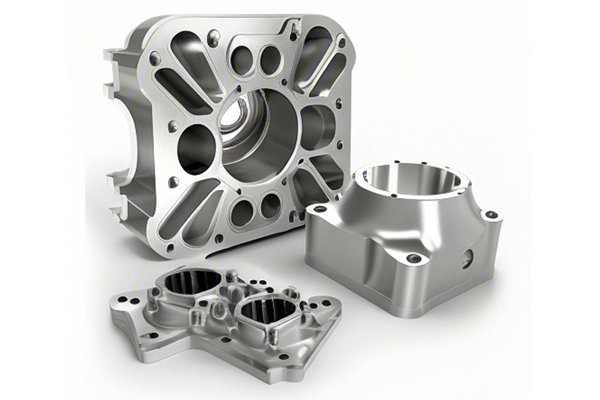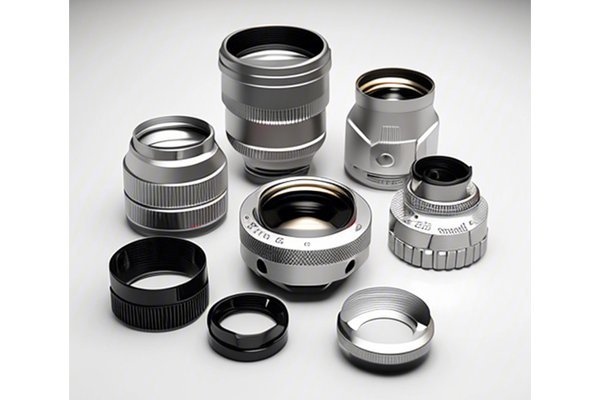Did you know that the global CNC (Computer Numerical Control) machine market is projected to reach a staggering $100 billion by 2026? As industries across the board turn to CNC technology to streamline their production processes, the demand for precision components, especially in the automotive and aerospace sectors, has never been greater. But this leads to an important question: Can CNC turning effectively produce precision transmission prototypes for high-quality manufacturing? This blog will unravel the intricacies of using CNC turning for precision transmission prototypes and offer solutions to potential challenges faced in this process.
—
—
1.1 What is CNC Turning?
CNC turning is a subtractive manufacturing process where a rotating workpiece is shaped by cutting tools. CNC lathes can create various shapes, grooves, and profiles in materials such as metal, plastic, and wood with high precision. By using sophisticated software, CNC machines execute commands that lead to exact and repeatable movements.
1.2 Advantages of CNC Turning
—
2.1 Key Specifications of Transmission Components
Transmission prototypes often require specific attributes, such as:

2.2 Why Precision Matters in Transmission Prototypes
Precision in prototypes is critical for ensuring functionality, durability, and performance. In transmission systems, even a slight deviation can lead to significant operational failures and safety hazards.
—
3.1 Material Selection
Choosing the right material is essential. Steel, aluminum, and titanium are commonly used for their unique balancing act of strength and weight. Selecting materials with known machinability ratings helps ease the turning process and ensures performance expectations are met.
3.2 Tool Chipping
Tool chipping is a significant concern when CNC turning, as it can lead to a poor surface finish or dimensional inaccuracy. Understanding the material being machined helps in selecting appropriate tools and parameters.
3.3 Dimensional Accuracy
Maintaining tight tolerances in CNC turning is crucial. Any inaccuracies can lead to component failure or inefficiencies in the transmission system.
3.4 Surface Finish Quality
The surface quality of a transmission prototype affects its performance and longevity. Specific industry standards dictate the acceptable surface finish, requiring careful consideration during the turning process.
—
4.1 Optimal Material Selection
Understanding the properties of various materials is key. Work with engineers to choose materials that enhance the performance of the CNC turning process while meeting the specific requirements of the transmission prototype.
4.2 Effective Tool Management
Regularly monitor wear patterns on cutting tools and select the right tool material for the job (e.g., carbide vs. high-speed steel). Implementing tool wear management solutions can significantly mitigate risks of chipping.
4.3 Precision Machining Techniques
Utilizing advanced CNC techniques such as adaptive machining and computer-aided design (CAD) can enhance precision, particularly in complex geometries.
4.4 Quality Control Measures
Incorporating stages of quality control—such as in-process measurement systems—throughout the CNC turning process can help detect deviations from specifications early, reducing waste and rework.
—
5.1 Automotive Industry Applications
The automotive sector has utilized CNC turning technology for years, producing crucial components like gears, shafts, and housings. Companies like Nissan and Ford have successfully implemented CNC turning for rapid prototyping.
5.2 Aerospace Industry Applications
Aerospace manufacturers face stringent quality requirements, and CNC turning is vital for producing lightweight, high-strength components. Boeing, for instance, employs advanced CNC turning in fabricating parts that go into their aircraft engines.
—
6.1 Innovations in CNC Technology
Technological advancements such as automation, artificial intelligence, and machine learning are leading to smarter CNC machines. These innovations focus on increased efficiency, enhanced precision, and reduced production times.
6.2 Trends to Watch
—
In summary, CNC turning is not just a manufacturing process; it’s a bridge to innovation, precision, and efficiency in producing high-quality transmission prototypes. By meticulously selecting materials, managing tools effectively, maintaining rigorous quality control, and tapping into the latest technological advancements, businesses can leverage CNC turning to produce reliable, top-tier prototypes.
As industries grow increasingly competitive and the demand for precision rises, understanding CNC turning’s role in high-quality manufacturing is more pertinent than ever. Remember, it’s not just about making parts—it’s about creating solutions that stand the test of time. Together, let’s embrace the future of manufacturing and unlock new possibilities through CNC turning.
—






